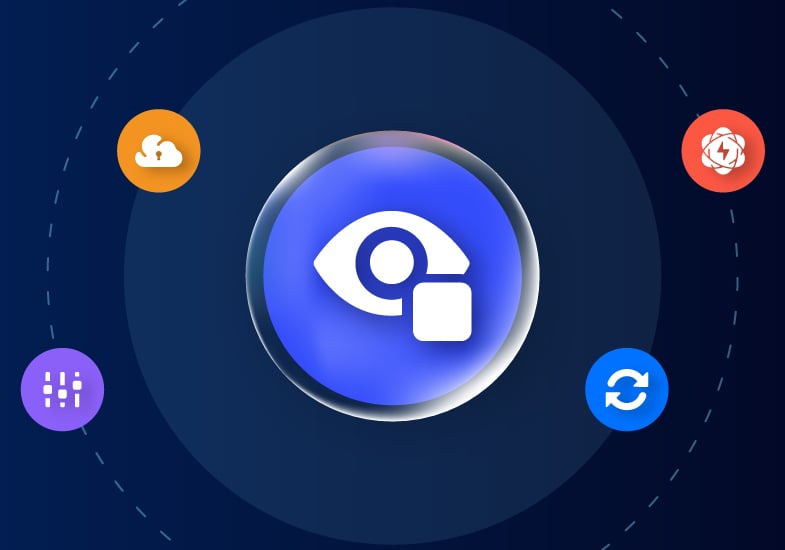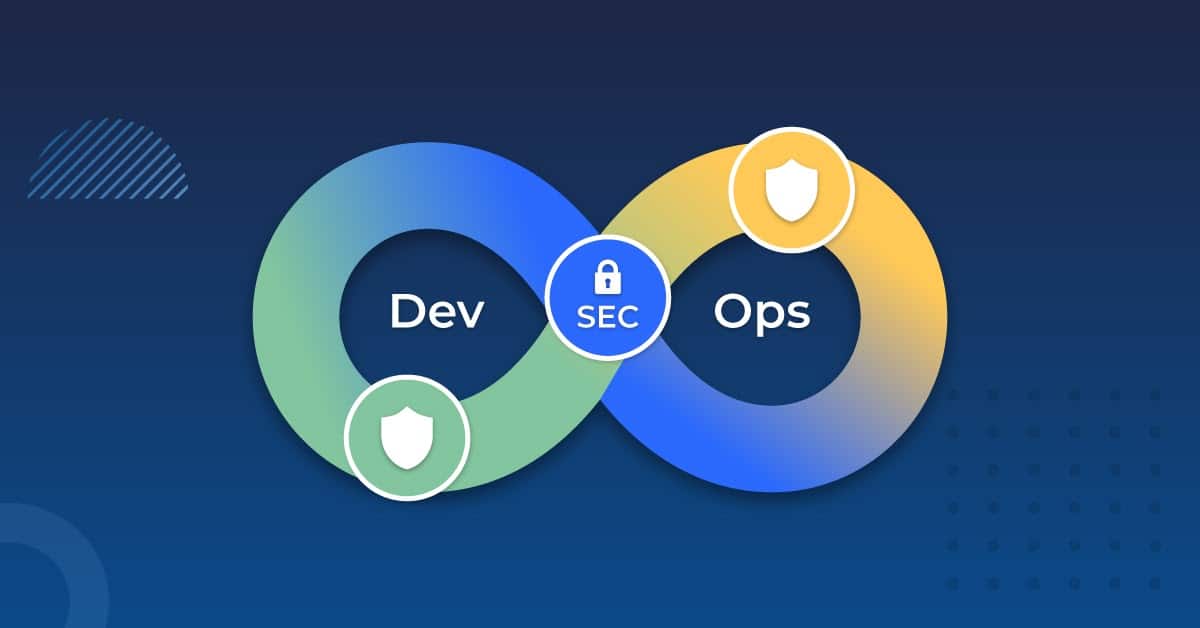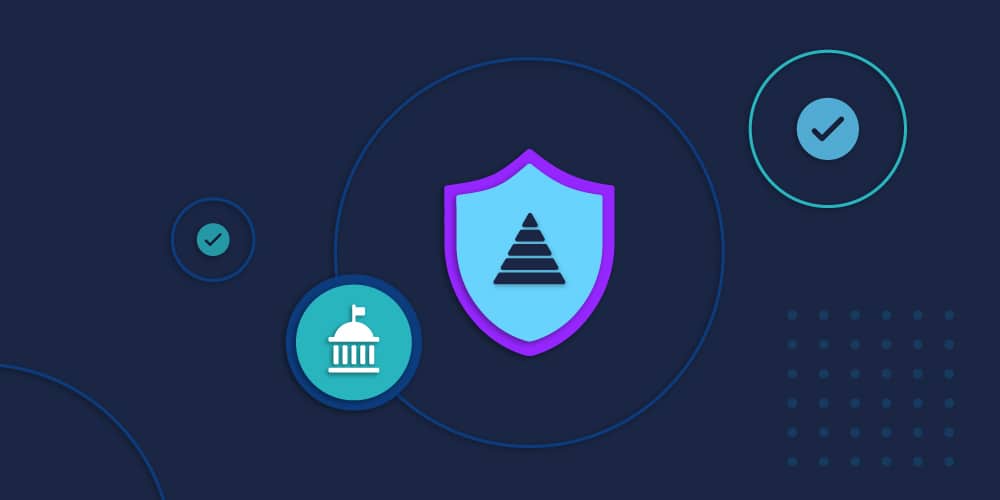With respect to applications, organizations can get as detailed as a connected application does – even applying settings such as read-only, update, and delete, or shifting access based upon context.
Today, leading platforms deliver intelligent features like presenting candidate roles based upon common entitlement assignments or role-mining to support least privilege. This empowers application owners to make smarter decisions while assigning access. Classifications can extend to birthright roles, application-based roles, business-based roles, and dynamic roles. IT teams can then aggregate the most detailed level of access necessary for business function, helping to put in place the least privilege principle.
While this improves productivity, the security benefits are also pronounced: At Saviynt, we’ve seen organizations prevent up to 36% of SoD violations during the access request process.
Fine-grained entitlements within a modern platform can manage complex application security models such as SAP roles, T-codes and authorization objects, Oracle EBS menus and functions, and Epic templates/sub-templates, security classes and security points. This brings a unified view of access and enables organizations to monitor access across the cloud or hybrid ecosystem.











